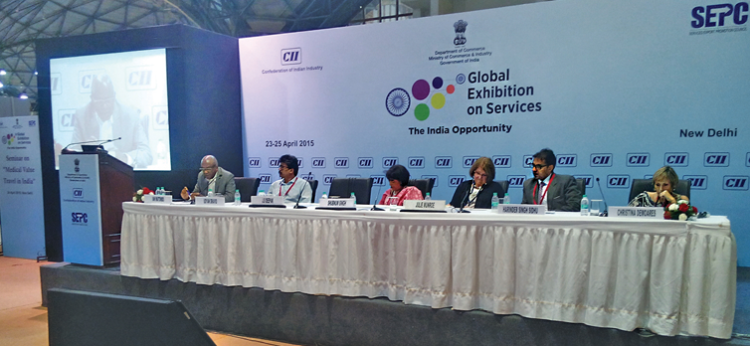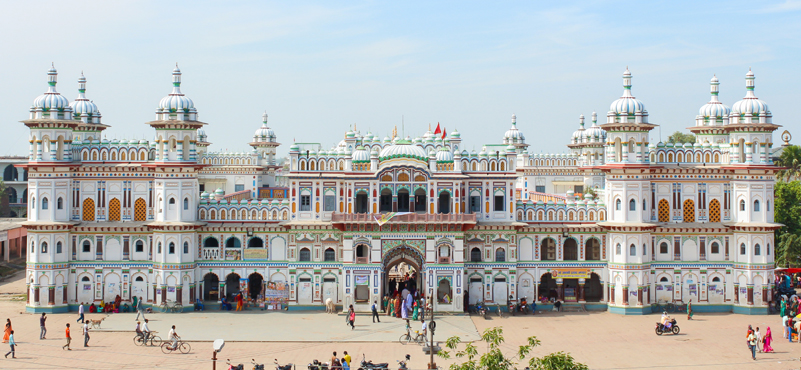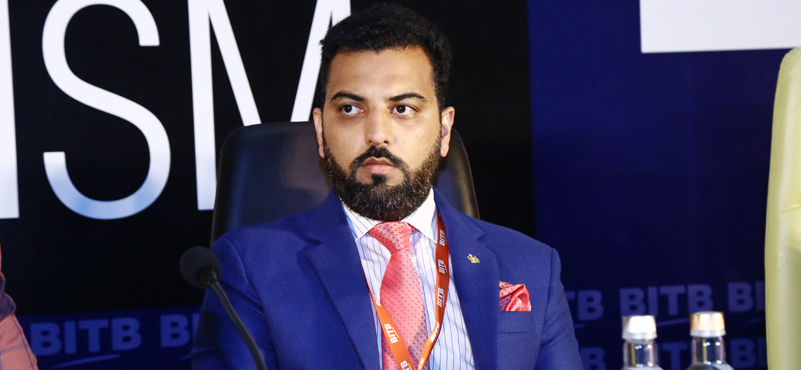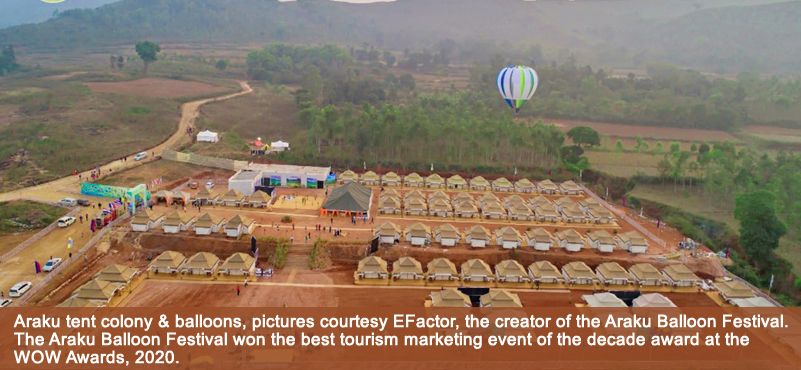It is a comprehensive one-point information site and it covers 124 accredited medical facilities which include 93 medical centers, 30 Ayurveda and Wellness centers and 1 special category center. The government strongly believes that medical tourism is an unfolding story which could well emulate the phenomenal success of other Indian services sector strongholds like IT and ITEs . . .
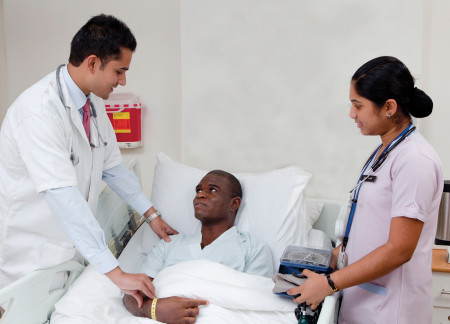 After generating considerable buzz on its “Make in India” campaign, the recently held Global Exhibition on Services at Delhi’s Pragati Maidan was probably the platform to send the message to the world that the country is also ready with an array of services (going beyond IT and ITEs) to serve the global economy. And it is hardly surprising given the fact that many off-shoots of the Indian services sector are now believed to be in a relatively more matured stage vis-à-vis several segments of manufacturing – just at the cusp of a major take-off which will strengthen India’s positioning on the global economic platform. While through the Global Exhibition on Services, the government tended to promote six major services sector including tourism, a specific message pertaining to India’s willingness to aggressively harness medical tourism was also delivered to the world. On the inaugural day, the Prime Minister Narendra Modi launched a dedicated website on medical tourism (www.indiahealthcaretourism.
After generating considerable buzz on its “Make in India” campaign, the recently held Global Exhibition on Services at Delhi’s Pragati Maidan was probably the platform to send the message to the world that the country is also ready with an array of services (going beyond IT and ITEs) to serve the global economy. And it is hardly surprising given the fact that many off-shoots of the Indian services sector are now believed to be in a relatively more matured stage vis-à-vis several segments of manufacturing – just at the cusp of a major take-off which will strengthen India’s positioning on the global economic platform. While through the Global Exhibition on Services, the government tended to promote six major services sector including tourism, a specific message pertaining to India’s willingness to aggressively harness medical tourism was also delivered to the world. On the inaugural day, the Prime Minister Narendra Modi launched a dedicated website on medical tourism (www.indiahealthcaretourism.
The Healthcare Portal has been developed by the Department of Commerce and the Services Export Promotion Council (SEPC) and it promises to respond to the need of having an authentic and dynamic information source which can effectively be used by any potential medical tourist from across the globe. It is a comprehensive one-point information site and it covers 124 accredited medical facilities which include 93 medical centres, 30 Ayurveda and Wellness centres and 1 special category centre. 74 facilities are located in Tier I cites and the rest are in Tier II cities. The number of registered medical centers on this site is likely to grow further going ahead. The portal also stands out for its ability to cater other details including costs relating to treatment in hospitals in India, travel and visa formalities, last-mile connectivity, tariff options on stay, benefits of treatment in India, advance information on preparatory aspects in seeking medical care, etc.
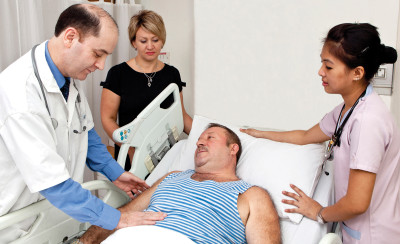 It is no secret to anybody that even as medical tourism industry has made great strides in the recent past (projected to grow to a staggering $6 billion by 2018 with an expected arrival of over 4 million), the lack of transparency at different legs of medical travel in the country has been a common grudge among those coming for critical treatments. Not being directed to the right treatment centers, overcharging, etc. have been the commonplace complaints and this one-point information center is clearly an attempt to do away with those anomalies. The government on its part is convinced that the medical tourism segment has built up quite a base and now it could well smoothly move into a higher growth orbit. “In India, health value travel is going to be star of the future following in the footsteps of IT and ITEs services. The government expects this sector to reach to the commanding heights,” J S Deepak, Additional Secretary in Department of Commerce said in a seminar organised on the sidelines of Global Exhibition on Services. Within the government circles, the larger feeling is that the segment now has the support of three major pillars – competitiveness, market access and incentives. A short film uploaded on the new website presenting the wider medical tourism canvas earmarks that the cost of treatment in India is one-tenth of the matured markets and nearly one-fourth of the major emerging economies. “Through Free Trade Agreements (FTAs) and bilateral agreements, we are ensuring that healthcare services find wider markets in the world,” J S Deepak added. The government is also seeking larger stakeholders participation to create a transparent regime. “We need a strong partnership between all players in the value chain. That will ensure that people go back with smile and further recommend our services. Indian Health Portal is a small step in creating a transparent environment for medical value travel in India,” Deepak emphasized. After having floated a vibrant one-stop touch-point for medical tourism related information, the government is slated to further expand its scope by getting nearly 300 medical centers registered in the next one year.
It is no secret to anybody that even as medical tourism industry has made great strides in the recent past (projected to grow to a staggering $6 billion by 2018 with an expected arrival of over 4 million), the lack of transparency at different legs of medical travel in the country has been a common grudge among those coming for critical treatments. Not being directed to the right treatment centers, overcharging, etc. have been the commonplace complaints and this one-point information center is clearly an attempt to do away with those anomalies. The government on its part is convinced that the medical tourism segment has built up quite a base and now it could well smoothly move into a higher growth orbit. “In India, health value travel is going to be star of the future following in the footsteps of IT and ITEs services. The government expects this sector to reach to the commanding heights,” J S Deepak, Additional Secretary in Department of Commerce said in a seminar organised on the sidelines of Global Exhibition on Services. Within the government circles, the larger feeling is that the segment now has the support of three major pillars – competitiveness, market access and incentives. A short film uploaded on the new website presenting the wider medical tourism canvas earmarks that the cost of treatment in India is one-tenth of the matured markets and nearly one-fourth of the major emerging economies. “Through Free Trade Agreements (FTAs) and bilateral agreements, we are ensuring that healthcare services find wider markets in the world,” J S Deepak added. The government is also seeking larger stakeholders participation to create a transparent regime. “We need a strong partnership between all players in the value chain. That will ensure that people go back with smile and further recommend our services. Indian Health Portal is a small step in creating a transparent environment for medical value travel in India,” Deepak emphasized. After having floated a vibrant one-stop touch-point for medical tourism related information, the government is slated to further expand its scope by getting nearly 300 medical centers registered in the next one year.
No gainsaying that Indian medical fraternity is enthused with the emphasis which the government has shown for the medical tourism segment by launching this portal and this initiative incidentally coincides with the growing liberalisation in the visa regime. “The combo effect of these initiatives are slated to be positive for the medical tourism segment. It sends a strong message and the business which has been registering an annualised average growth of 30 percent in the recent years may get a further push,” Dr. Shubnum Singh, MD, Max Healthcare Institute told TourismFirst.
While nobody doubts the bullishness expressed by the government on medical tourism, medical fraternity and global analysts, however, are also pointing at some serious faultlines which need to be cleared off expeditiously. And these particularly relate to the practices which prevail in the value chain. “For all stakeholders in the value chain, there are challenges galore. For patients before arrival, there could be high dependence on facilitators for hospital selection. After arriving here, there could be issue related with food, lack of translators at hospitals, or even finance issue if the treatment prolongs. For hospitals, accessing new market is an issue especially in terms of finding institutional partners in potential source markets,” Dr. Shubnum Singh explained.
According to Dr. Harinder Singh Sidhu, Senior GM (Corporate Development), Apollo, with the mounting arrival pressure of medical tourists, streamlining of process will have to be undertaken on an urgent basis. “If a person goes back unsatisfied, he will not say he was not treated well in a specific hospital but not treated well in India. This will hurt brand India. Right now there are different ministries involved with the provisions for medical tourism – Ministry of External Affairs, Health and Tourism. I would suggest a common forum to be formed which should work in a dedicated manner on this segment in terms of provision formulation. Greater synergy will be required,” he said. Dr. Udyan Dravid of Fortis had another prescription to share. And while one pertains to simplification of medical visa, the other recommendation relates to giving a new spin to medical tourism promotion. “ We have not aggressively promoted medical tourism. Iran has done it well by combining medical with religion and that could be treated as a model example. Plus limitation of medical visa is a serious issue which needs to be sorted out,” he pointed out.
Julie Munro, President of Medical Travel Quality Alliance (a global body which examines the standards of medical tourism facilities in different countries) pulled no punches in saying that Indian medical tourism segment needs to do a lot on the quality front. “The perception about Indian medical tourism in the international market especially the developed countries is low. We have often heard that the quality of treatment was not as good as what was promised. You will need more medical centers accredited by agencies like Joint Commission International (JCI) which will ensure that hospitals follow certain protocols for clinical success. You have to be honest and true in your marketing,” she advised.
Quite clearly, ensuring quality services is the real frontier for the Indian medical tourism as it moves ahead on the projected path of phenomenal growth. As its canvas spreads, merely relying on low cost tag may not help in building the brand reputation which all stakeholders in the value chain are eyeing for.
By Ritwik Sinha

